Forest Fires & Climate Change
Several news articles about the 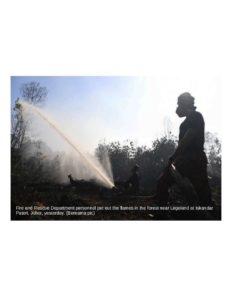
Bush Fires In Singapore
The number of bush fires are on the rise, in 2018 there were almost 600 bush fires as per statistics released by the SCDF ( The Life Saving Force) . Much of this is attributed to warm dry weather we have have been experiencing. The dry weather during the hotter months of the year and reduced rain fall is a catalyst for much of bush fires here.
The SCDF in August 2019 put out fires at Marina East , Tengah Area & Pang Sua Canal all within a few days. The fire at Marina East required 7 water 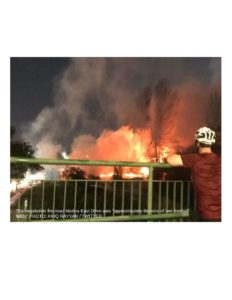
The bush fires aren’t detected or reported until they become infernos. SCDF firefighting teams have to scramble to contain them before they create more damage or become a threat to people. These fires aren’t easy to be put out either.
A fire at Lim Chu Kang in March 2019 took nearly 19 hours before being brought under control. The SCDF had to combat multiple sites , slow burning deep seated fires fueled by waste timber & strong winds. They had to manually connect hoses to fire hydrants nearly 2km away & deploy water pumps to maintain water pressure. Thanks to the resourcefulness & dedication of the SCDF Fire Fighting Team, the fire was put out without any property damages or injuries.
The frequency & the impact of the bush fires cannot to understated. Singapore’s large urban population lives in close proximity to outdoor spaces. Though much of it is well manicured & maintained garden spaces. The reports show , bush fires are becoming common. Fighting the fires also consume precious civil resources. Our fire fighters & equipment are deployed several times in the year to deal with the threats. Thankfully they have been successful in containing the fires.
Solaris SP111-F Remote Fire Monitoring System
A easier way to manage these fires would be to deploy ,early warning system that could alert authorities, park rangers, landscapers , farmers to the possibility of fires starting at a location. The Solaris Sp111-F is designed to continuously monitor temperature , moisture & direct light. Applying the data our algorithms can help to predict the possibility of fires starting in any location. Changes to base line environmental conditions will trigger immediate notification.
Continuous Monitoring & Reports
Sp111-F provides 24/7 monitoring , by the hour reports , its easily deployed at remote sites, like secondary forest ,fruit plantations, nurseries & orchards. The information is accessible through our App with customized options.
Integrated Fire Monitoring & Management
The Sp111-F can be integrated with automated fire management systems to provide a total fire management platform for landscaping , park management & agricultural industry. It could potentially save thousands in plants & infrastructure damages, protect the local wildlife & reduce the need for routine deployed of emergency services.Please contact us to know more about our smart fire monitoring solutions.Prevention is the key to better fire management.
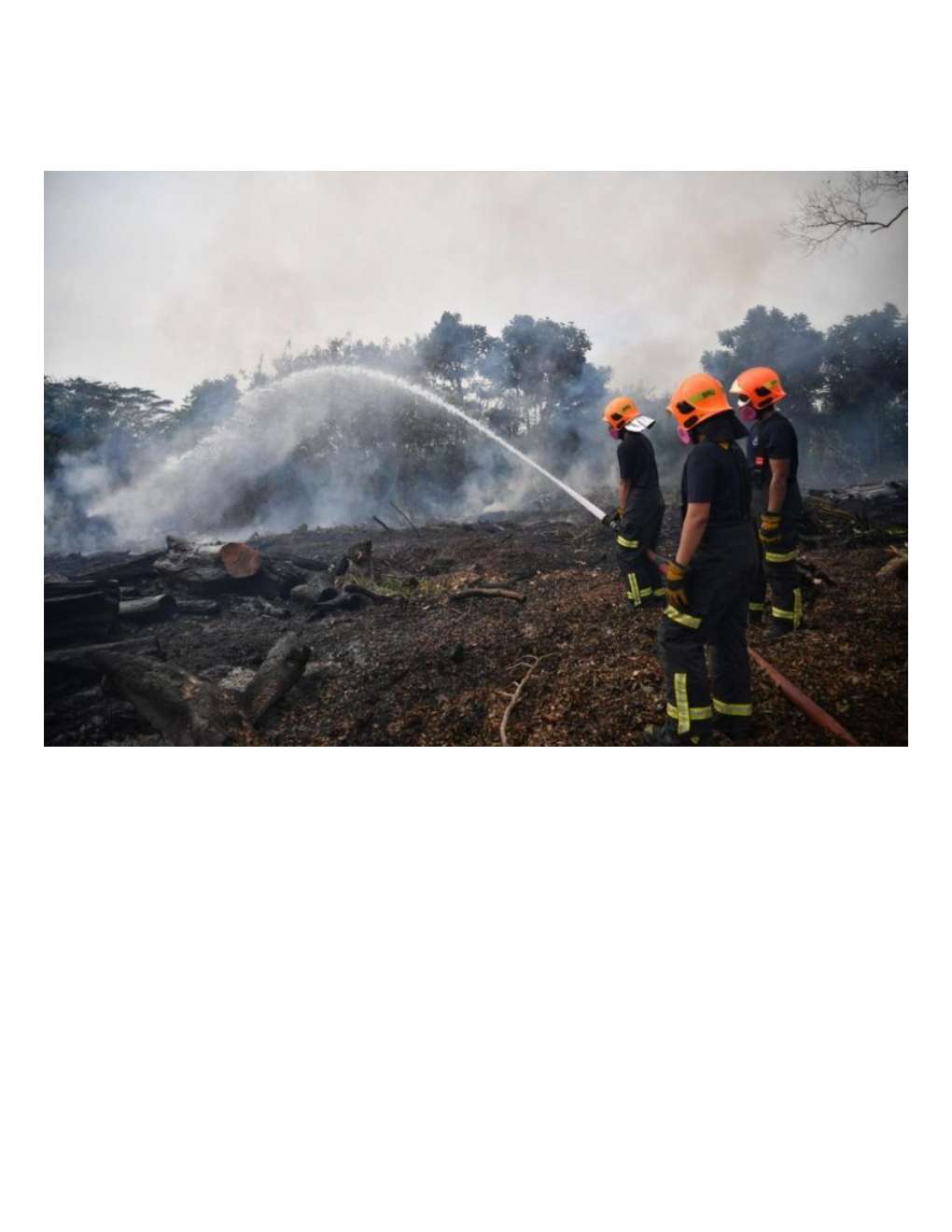
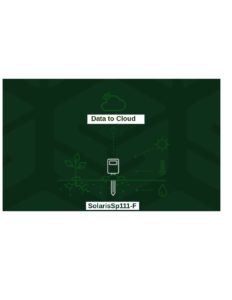
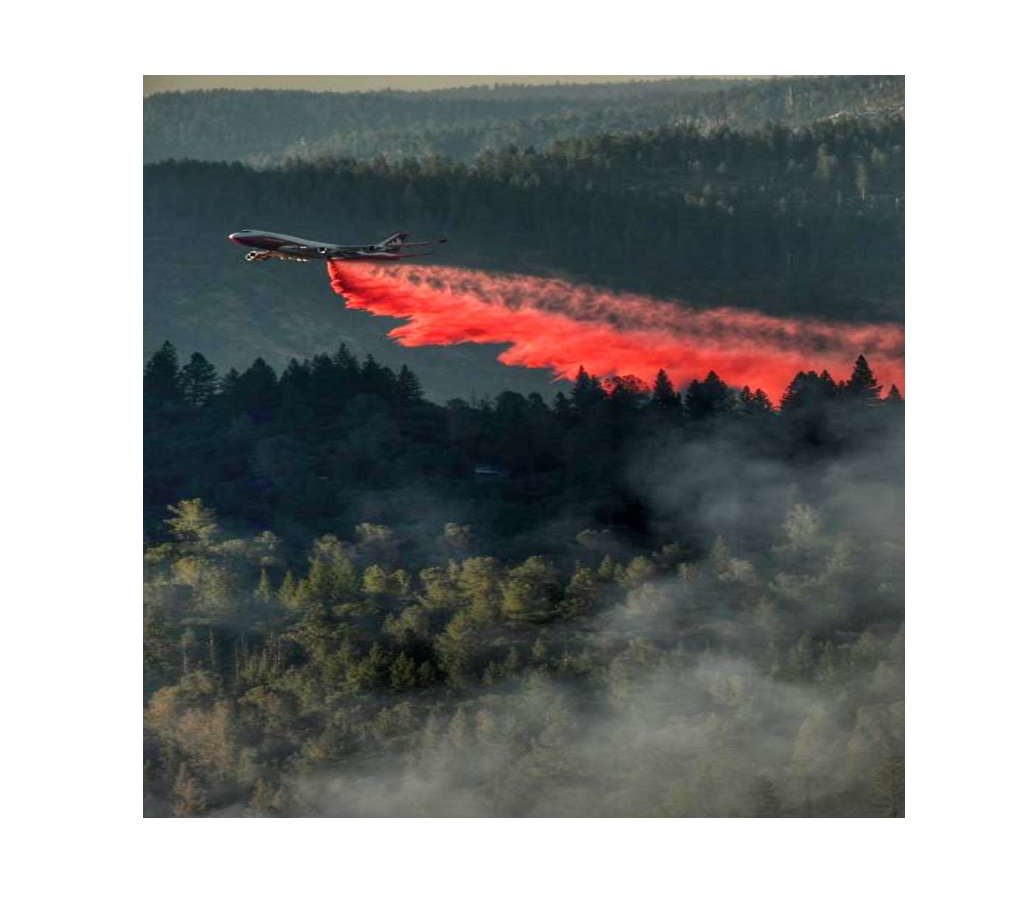
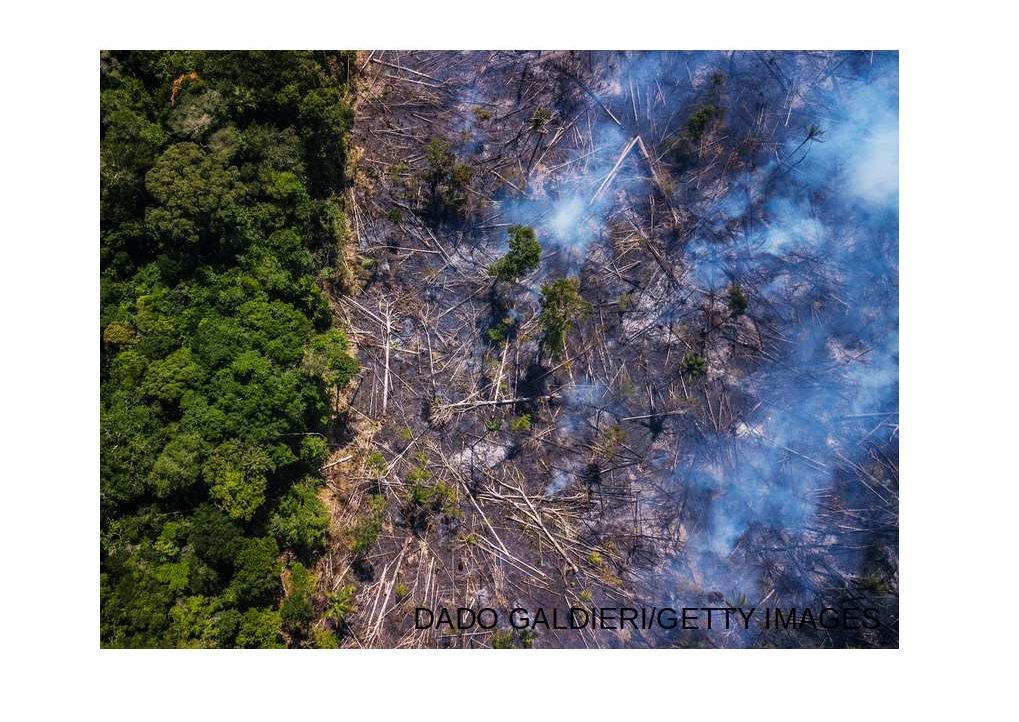
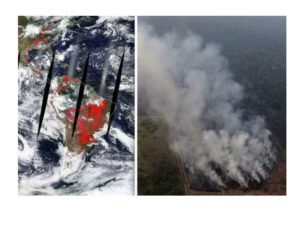 deforestation rates in the Amazon and severity of the fires.
deforestation rates in the Amazon and severity of the fires.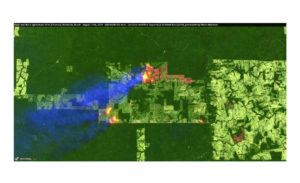 In-order to better understand the devastation caused by deforestation & fires over the years and how degraded the Amazon forest has become computer aided imaging is proving to be invaluable. Here is a time-lapse showing deforestation over the span of a few years, through August 2019, northeast of Jip-Paraná, in the state of Rondonia, Brazil.
In-order to better understand the devastation caused by deforestation & fires over the years and how degraded the Amazon forest has become computer aided imaging is proving to be invaluable. Here is a time-lapse showing deforestation over the span of a few years, through August 2019, northeast of Jip-Paraná, in the state of Rondonia, Brazil.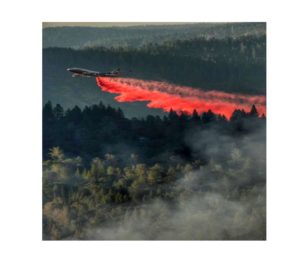 apacity of the next largest aerial tanker. The two separate, but identical constant flow systems are pressurized which allows for either continuous discharge or up to 8 segmented drops. Coverage levels range from CL2 to CL8 and above. The system is approved for retardant, gel, foam and water drops or the combination of any two of these agents and ground servicing for another sortie takes approximately 30-35 minutes.
apacity of the next largest aerial tanker. The two separate, but identical constant flow systems are pressurized which allows for either continuous discharge or up to 8 segmented drops. Coverage levels range from CL2 to CL8 and above. The system is approved for retardant, gel, foam and water drops or the combination of any two of these agents and ground servicing for another sortie takes approximately 30-35 minutes.